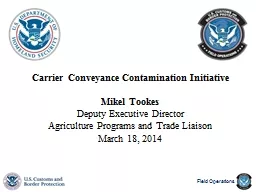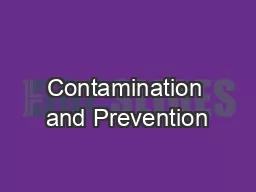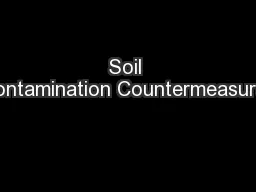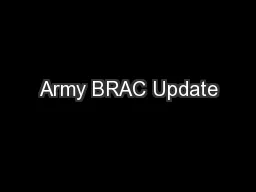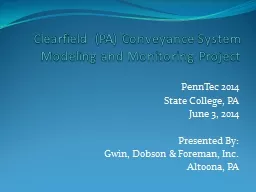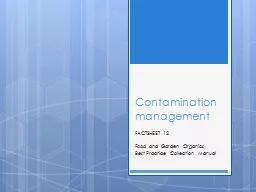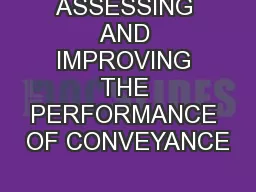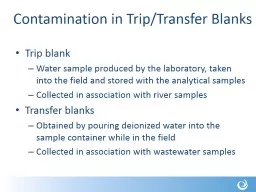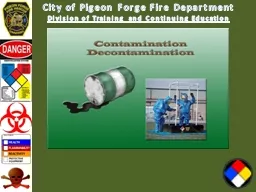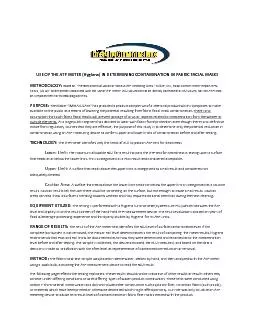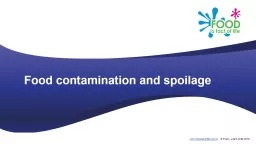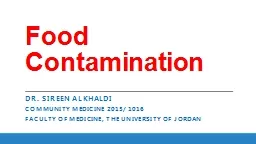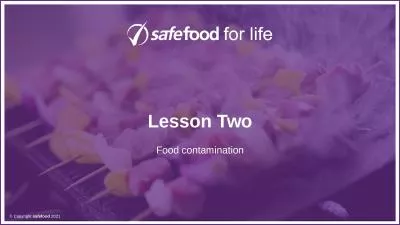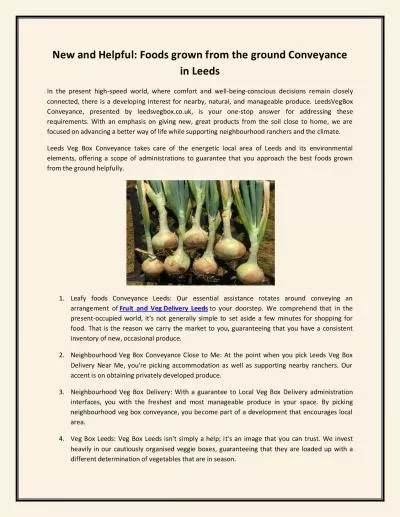PPT-Carrier Conveyance Contamination Initiative
Author : marina-yarberry | Published Date : 2018-10-31
Mikel Tookes Deputy Executive Director Agriculture Programs and Trade Liaison March 18 2014 Mikel Tookes Deputy Executive Director 2 Carrier Conveyance Contamination
Presentation Embed Code
Download Presentation
Download Presentation The PPT/PDF document "Carrier Conveyance Contamination Initiat..." is the property of its rightful owner. Permission is granted to download and print the materials on this website for personal, non-commercial use only, and to display it on your personal computer provided you do not modify the materials and that you retain all copyright notices contained in the materials. By downloading content from our website, you accept the terms of this agreement.
Carrier Conveyance Contamination Initiative: Transcript
Mikel Tookes Deputy Executive Director Agriculture Programs and Trade Liaison March 18 2014 Mikel Tookes Deputy Executive Director 2 Carrier Conveyance Contamination Initiative Protect United States Agriculture from Threats. carrierbagchargescotlandorguk enquiries carrierbagchargescotlandorguk Carrier Bag Commitment Scottish Government and retailer representatives are eager to see the net proceeds of the charge for single use carrier bags introduced through the Single Us Introduction to Culinary Arts 4.2. . What is Contamination?. A contaminate is an unwanted impurity that has found its way into a particular substance.. Contamination in Culinary Arts references to bacteria and microorganism that live and breed in the food we eat. . Hyogo Prefectural Government. Agricultural & Environmental Affairs Department. Environmental Management Bureau. Water & Air Quality Control Division. Water Quality Group. IINO . Hiroo. 飯野 博夫. 22 June 2015. Recent Successes. 2. Completed Installation Excess Property Transfers. BRAC 2005: Kansas Army Ammunition . Plant*, Newport . Chemical . Depot* and 7 Reserve Centers . Non-BRAC: . Volunteer . PennTec 2014. State College, PA. June 3, 2014. Presented By:. Gwin, Dobson & Foreman, Inc.. Altoona, PA. Presentation Outline. Inflow/Infiltration Source Removal, Convey . /. Treat . or Both?. Clearfield Case Study. management. FACTSHEET . 12. Food and Garden Organics . Best Practice Collection Manual. The importance of low contamination. It’s . important to maintain low levels of contamination, in order to:. Decrease processing costs. SYSTEMS:. CASE STUDIES of . AHERO, BURA and MWEA . IRRIGATION . SCHEMES. A COLLABORATIVE RESEARCH PROJECT BETWEEN NIB AND UON . Year II Project Highlights. By. Gichuki F., Wanjogu R. K., . and . Okinyi. Trip . blank. Water . sample produced by the laboratory, taken . into the field and . stored . with . the analytical samples. Collected in association with river . samples. Transfer . blanks . Obtained . Contamination. The transfer of a hazardous material in greater than acceptable quantities to. People. Equipment. Environment. Contamination and Decontamination. Decontamination . Decon. Contamination Reduction. PURPOSE:The Maker “IMMACULATE” has provided a product sample run of a chemical product which it proposes to make available to the public as a means of lowering the potential resulting from f Food contamination. There are three ways which food can be contaminated:. • . physical. ;. • . chemical. ;. • . bacterial. .. Physical contamination. Physical contamination . can occur in a variety of ways at different stages of food processing and production. Some examples are:. . Alkhaldi. Community Medicine 2015/ 1016. Faculty of Medicine, The University of Jordan. Food Contamination. A . toddler is hospitalized as a result . of drinking . contaminated apple juice. . A preschooler dies . Discuss. What groups of people are the most susceptible to food poisoning?. eLearning module. In class task. Find an example online of contamination of food with allergens.. Find an example online. of chemical contamination of food.. In the present high-speed world, where comfort and well-being-conscious decisions remain closely connected
Download Document
Here is the link to download the presentation.
"Carrier Conveyance Contamination Initiative"The content belongs to its owner. You may download and print it for personal use, without modification, and keep all copyright notices. By downloading, you agree to these terms.
Related Documents

